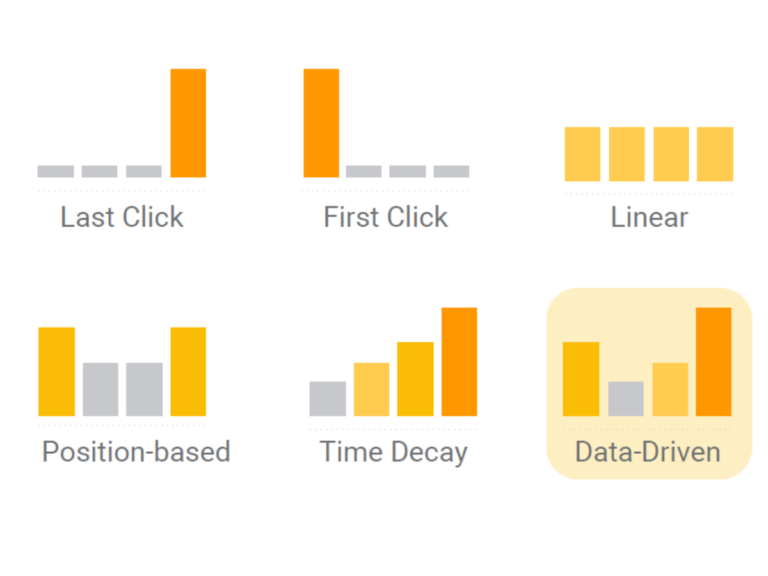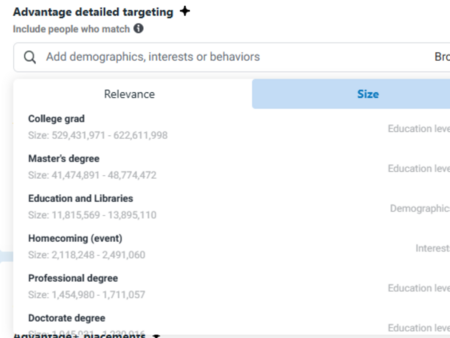Google is shaking things up again. They’re rolling out major updates to their Demand Gen campaigns and saying goodbye to Video Action Campaigns, all about pushing advertisers to create more engaging visual content and measuring performance more effectively against social media campaigns. Let’s dive into what’s happening, how it impacts us and our clients, and the steps we need to take to stay ahead.
Via Google Ads & Commerce Blog
What’s Happening?
Google has announced a series of updates to its Demand Gen platform, including:
- New Channel Controls (Starting in March):
- You can now choose ad placements across YouTube, Discover, and Gmail with precision.
- Specific targeting for YouTube Shorts.
- Google Display inventory is being added to reach over 90% of global internet users.
- Creative Enhancements:
- Vertical 9:16 image ads for Shorts are coming in late February.
- A new tool to create shorter versions of videos at scale is being introduced.
- Improved ad creation workflow with shareable previews is on the way.
- Retail-Specific Features:
- Enhanced product feed integration.
- Local inventory display capabilities.
- Omnichannel bidding for both online and in-store optimization.
In addition to these updates, Google has set a timeline to retire its Video Action Campaigns. Starting in April, advertisers will no longer be able to create new Video Action Campaigns. Google encourages advertisers to manually upgrade to Demand Gen before the automatic upgrade in July.
How It Affects You
These changes are significant and will impact how we strategize and execute campaigns:
- Enhanced Targeting: The new channel controls allow for more precise ad placements, enabling us to reach our target audiences more effectively across YouTube, Discover, Gmail, and the expansive Google Display Network.
- Creative Flexibility: The creative enhancements, such as vertical image ads for Shorts and tools for creating shorter video versions, give us more options to engage users with compelling content tailored to each platform.
- Retail Optimization: Retail-specific features like enhanced product feed integration and local inventory display capabilities will help bridge the gap between online and offline sales.
- Transition from Video Action Campaigns: With the phasing out of Video Action Campaigns, it’s crucial to transition to Demand Gen campaigns to continue leveraging video content effectively.
Next Steps
To adapt to these changes and ensure continued success for our campaigns, we should:
- Explore New Channel Controls: Familiarize ourselves with the new placement options and adjust our strategies to leverage precise targeting across YouTube, Discover, Gmail, and the Google Display Network.
- Utilize Creative Enhancements: Incorporate vertical 9:16 image ads for Shorts and experiment with the new tool for creating shorter video versions to keep our content engaging and relevant.
- Leverage Retail-Specific Features: For retail businesses, integrate enhanced product feeds and use local inventory display capabilities to provide customers with updated product availability and drive both online and in-store sales.
- Transition to Demand Gen Campaigns: Begin the process of upgrading from Video Action Campaigns to Demand Gen campaigns before the automatic upgrade in July to ensure a smooth transition and take advantage of the improved features and performance metrics.
Google’s latest updates to the Demand Gen platform present new opportunities to enhance our advertising strategies. By staying informed and proactively adapting to these changes, we can continue to deliver exceptional results for our clients. If you have any questions or need assistance navigating these updates, feel free to reach out to us.





no replies